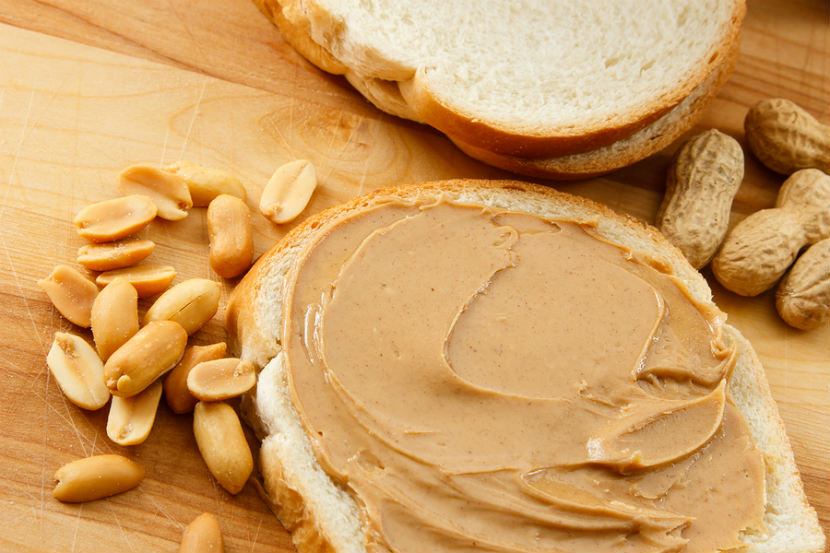
What's the difference between a food allergy and food intolerance? What can you do if you think you are sensitive to certain foods? Learning what foods you need to avoid is important for anyone with serious food allergies.
What is a food allergy?
A food allergy is an immune system response to a substance in food, usually a protein. The substance that you are allergic to is called an allergen. When an allergen is eaten it can cause an allergic reaction in the respiratory or digestive systems, or the skin. Typical symptoms are wheezing or breathing difficulties, vomiting, diarrhea, skin rashes or hives.
The most common food allergens include:
What is a food intolerance?
A food intolerance is an unpleasant reaction to a food that does not involve the immune system (which is different than an allergic reaction).
For example, lactose intolerance is what happens when the body cannot break down lactose, a natural sugar found in milk. This is different from a milk allergy, which is caused by an immune response to the protein in cow's milk.
Should you avoid milk if you have lactose intolerance?
That depends. Some people who have lactose intolerance may be able to tolerate a small amount of milk taken with meals. Start with ½ cup (125 mL) of milk at a time to see how much you are comfortable drinking.
You can also drink lactose-reduced or lactose-free milk, or use the commercially available drops or tablets that help break down lactose in foods.
If you cannot tolerate milk, you may still be able tolerate milk products that have very little lactose like yogurt or hard cheeses.
However, if you are very sensitive to lactose you may need to avoid all foods containing lactose. Your doctor can test you for lactose intolerance.
What is an anaphylactic reaction?
Anaphylaxis is the most severe type of allergic reaction. It is sudden, severe and potentially life-threatening. An anaphylactic reaction can be caused by a food allergy, insect stings or medications.
Almost any food can cause an anaphylactic reaction but the most common are peanuts, tree nuts, shellfish, fish, cow's milk, eggs, sesame, and soy. People with asthma and food allergies are at greater risk of having an anaphylactic reaction to foods.
Symptoms of an anaphylactic reaction:
- Difficulty talking
- Difficulty swallowing
- Difficulty breathing
- Drop in blood pressure
- Rapid heartbeat
- Unconsciousness
What should you do if you suspect a food allergy or intolerance?
Discuss your concerns with your family doctor. They can refer you for tests or to an allergy specialist. Getting a proper diagnosis is important as some food allergies can be severe and life threatening.
The most important action for people with food allergies is to avoid foods that cause a reaction. Reading food labels and checking with food manufacturers and restaurants is very important to know which foods to avoid.
Individuals who are at high risk for anaphylactic reactions must be especially careful to avoid allergy causing foods and should carry an epinephrine auto injector (i.e. Epipen® or Twinject) with them at all times.
If you have a food intolerance, you may still be able to eat small amounts of that food. For example, if you have a lactose intolerance you may not be able to drink milk but can eat yogurt. Everybody with an intolerance reacts differently and you will have to decide what works for you.
Can a child outgrow an allergy?
Some children 'outgrow' their food allergy to milk, soy and egg within a few years. Allergies to peanuts, tree nuts, fish and shellfish are more likely to last to adulthood. About 20% of children can outgrow their peanut allergy by school age.
Speak to your doctor for more information to know whether your child has outgrown an allergy.
How can a dietitian help?
A dietitian can work with you to identify possible food intolerances and how to remove them from your diet so that you are still getting enough important nutrients. They will help you find substitutions to keep your diet healthy and enjoyable.
If you or your family members have food allergies, a dietitian can help you learn which foods contain allergens and how to identify the allergens on food labels. They will help you develop a balanced meal plan that is allergen-free and give you tips on how to safely eat out.
Connect with a dietitian today!
Bottom line
Food allergies are caused by reactions in your immune system to allergens found in foods, like peanuts. If you have a food allergy, the allergen must be completely avoided. Food intolerances can lead to unpleasant reactions in your body and are not caused by your immune system. A dietitian can help you identify food intolerances and give you advice on how to make healthy substitutions.
You may also be interested in:
What do I Need to Know About Peanut Allergies?
Facts on Milk Allergies
Facts on Wheat Allergies
Managing Lactose Intolerance
What is the Link Between Eczema and Food Allergies in Children?
Top 5 Reasons to See a Dietitian
This article was written and reviewed by dietitians from Dietitians of Canada.
Last Update – November 18, 2021